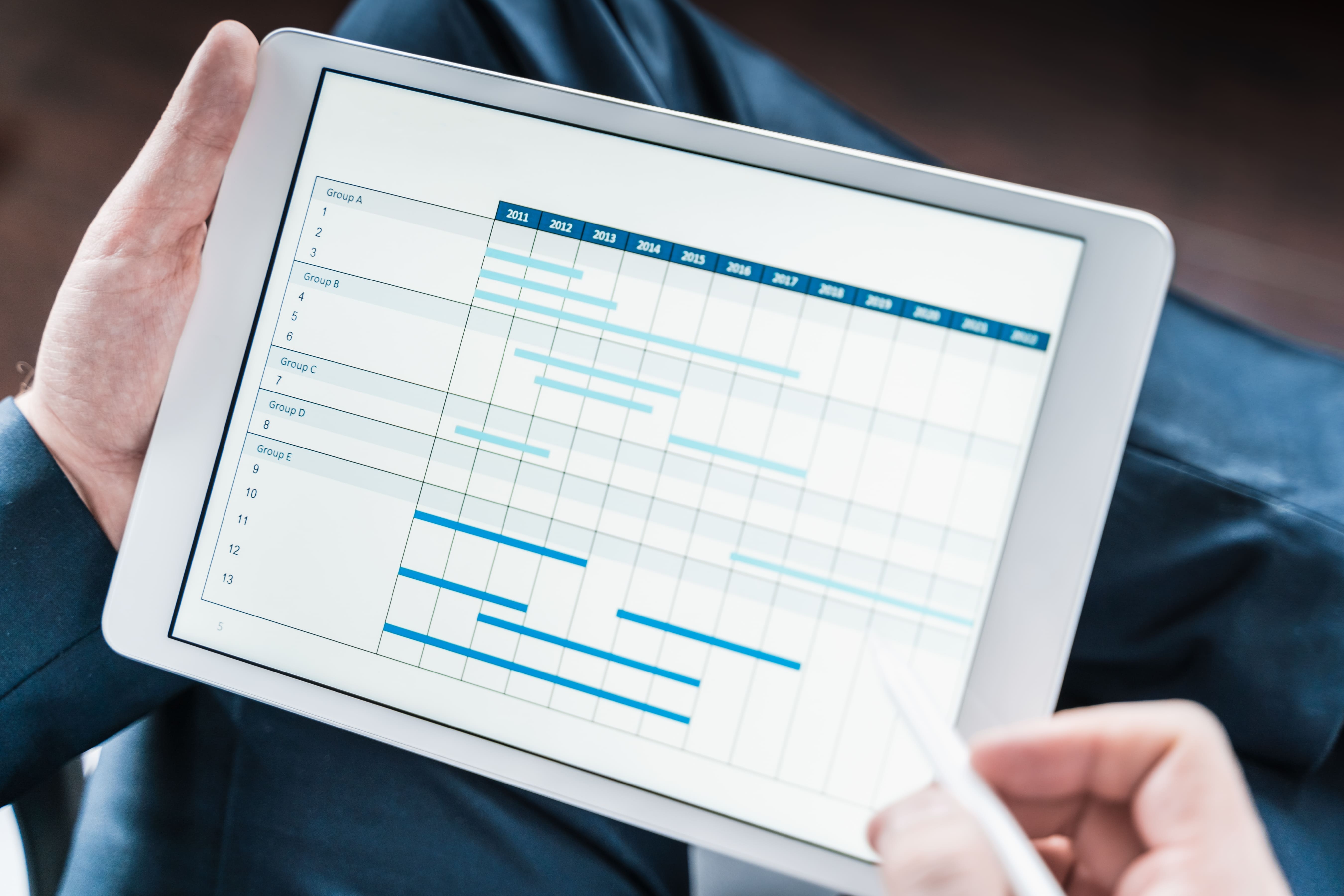The quest for the ultimate tool to enhance personal and professional organization leads many to seek out the best digital planner available. The right digital planner can be a game-changer, transforming the way we approach our tasks, schedules, and overall time management. Amidst a sea of options, distinguishing the essential features that contribute to a truly effective digital planning tool becomes crucial.
The Evolution of Digital Planning
Digital planners have evolved from simple calendar apps to sophisticated systems that offer an array of functions to manage every aspect of one's life and work. The ideal digital planner today not only schedules meetings but also sets reminders, tracks goals, and integrates various aspects of our digital lives. Users are looking for a solution that offers flexibility and personalization, accommodating their unique needs and lifestyle.
What Makes a Digital Planner Stand Out?
The effectiveness of a digital planner is measured by its ability to seamlessly integrate into daily routines, providing intuitive use and real-time synchronization across devices. It should offer customization options to reflect personal and professional priorities, allowing users to tailor their planning experience. Moreover, the best digital planners facilitate a smoother transition between tasks, projects, and appointments, ensuring nothing is overlooked.
Belt's Contribution to Digital Planning
While exploring the landscape of digital planners, one cannot overlook the role of innovative tools like Belt Software in enriching this domain. Belt brings a fresh perspective to task management and planning. Its approach involves scanning email content to automatically suggest tasks, thereby filling in a gap that many digital planners overlook: the automatic generation of tasks from daily communications. This feature alone sets Belt apart, providing a layer of proactive task management that complements the traditional functionalities of digital planners.
//banner//
Key Features to Look For
When searching for the best digital planner, consider the following features:
Intuitive Design: The planner should be easy to navigate, making the organization a seamless part of your day.
Customization: It must offer a high degree of personalization to fit your specific organizational style.
Integration Capabilities: Effective planners integrate with other digital tools and platforms, centralizing your organizational efforts.
Automatic Task Generation: Although less common, features like those found in Belt, where tasks are proposed based on email analysis, can significantly enhance productivity.
The journey to finding the best digital planner is unique to each individual, as it depends on personal preferences, professional demands, and the specific features one deems necessary for their organizational style. While traditional features remain essential, innovative functionalities, such as those introduced by Belt Software, highlight the evolving needs of modern users. The ideal digital planner is one that not only keeps pace with your daily tasks but anticipates them, providing a solid foundation for both personal and professional growth.
For more information on how Belt can revolutionize your email management and task organization, visit our website, join our waitlist, or dive into our comprehensive documentation.
Visit our website to learn more.
Best Digital Planner FAQ
How do digital planners integrate with other productivity tools, and what are the best practices for creating a cohesive digital workspace? Integration is a key feature that sets apart top-tier digital planners from the rest. They often come with built-in capabilities to sync with other productivity tools, such as email clients, project management software, and communication platforms. To create a cohesive digital workspace, it's essential to prioritize tools that offer open APIs or have built-in integration options. The goal is to ensure that information flows seamlessly between your digital planner and other tools, minimizing the need for manual updates and duplicate entries. Establishing a central hub for all your tasks, meetings, and notes can drastically reduce the time spent organizing and increase your overall efficiency.
What are the security considerations when using a digital planner, especially for sensitive personal and professional information? Security is paramount when it comes to selecting a digital planner, especially for those who plan to store sensitive information. Look for platforms that offer end-to-end encryption to protect your data from unauthorized access. It's also wise to review the privacy policy of the digital planner to understand how your data is used and stored. Additionally, using strong, unique passwords and enabling two-factor authentication (2FA) can further safeguard your account. Regularly updating the application and being aware of the latest security features can also help protect your personal and professional information from potential cyber threats.
Can digital planners effectively replace traditional paper planners for those who are accustomed to physical note-taking and scheduling? Transitioning from a traditional paper planner to a digital format can be a significant change, especially for those deeply rooted in physical note-taking habits. However, many find that digital planners offer a level of convenience and efficiency unmatched by their paper counterparts. Features such as automatic reminders, recurring events, and the ability to search for entries can save time and reduce the risk of overlooking important tasks. For users transitioning to digital, selecting a planner with a user-friendly interface and the ability to mimic the feel of a paper planner through customization options can ease the shift. Tools like Belt Software complement this transition by offering smart task management features that anticipate your needs based on digital communications, bridging the gap between traditional and digital planning methods. Ultimately, whether a digital planner can replace a paper one depends on personal preference and the willingness to adapt to new technologies for improved productivity.


